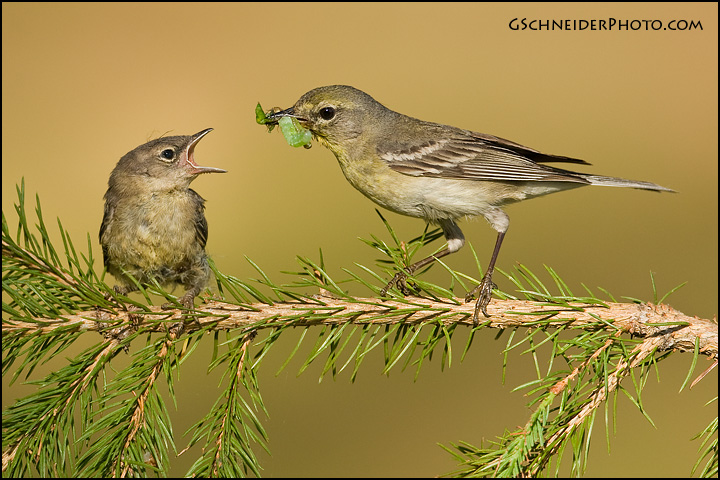Last weekend, as I conducted my routine garden inspection to see what was coming up and what had grown larger, I noticed a slug in my garden. Now most people, upon seeing a slug near their prized plants, would instantly reach for the table salt and utter their best evil scientist laugh. Being The Nature Geek however (and therefore far from normal) I instantly exclaimed with joy to Mr. Nature Geek; “I found my first slug today!”
 |
| Not all snakes are big and intimidating. The northern brown is downright adorable. |
Perhaps you’re not impressed with my example of slimy slugs and slithering snakes as something to be excited about in your garden. How about something a bit more charismatic? Songbird diets, especially when they are busy feeding their young in the spring and summertime, consist mainly of insects. Insects are the superfood of the bird world. If you love the idea of having your trees and shrubs bustling with birds and their young, attracting insects to your yard is the way to go.
And those caterpillars that don’t get snagged up by hungry birds? They will reward you for your hospitality by turning into beautiful butterflies.
This pine warbler's fledgling has a major craving for some juicy caterpillars
I could go on and on about animals like chipmunks, ladybugs, frogs, toads, box turtles, and more that rely on insects and other garden “pests” as dietary staples. The beauty of it all is that although increasing the number of insects in your yard may sound rather undesirable, the number of insect-eaters you will attract in return will ensure your yard will be able to be enjoyed by yourself and wildlife.
And how do you attract all these fabulous insect entrees to your yard? Check out next week’s blog for the answer!

No comments:
Post a Comment